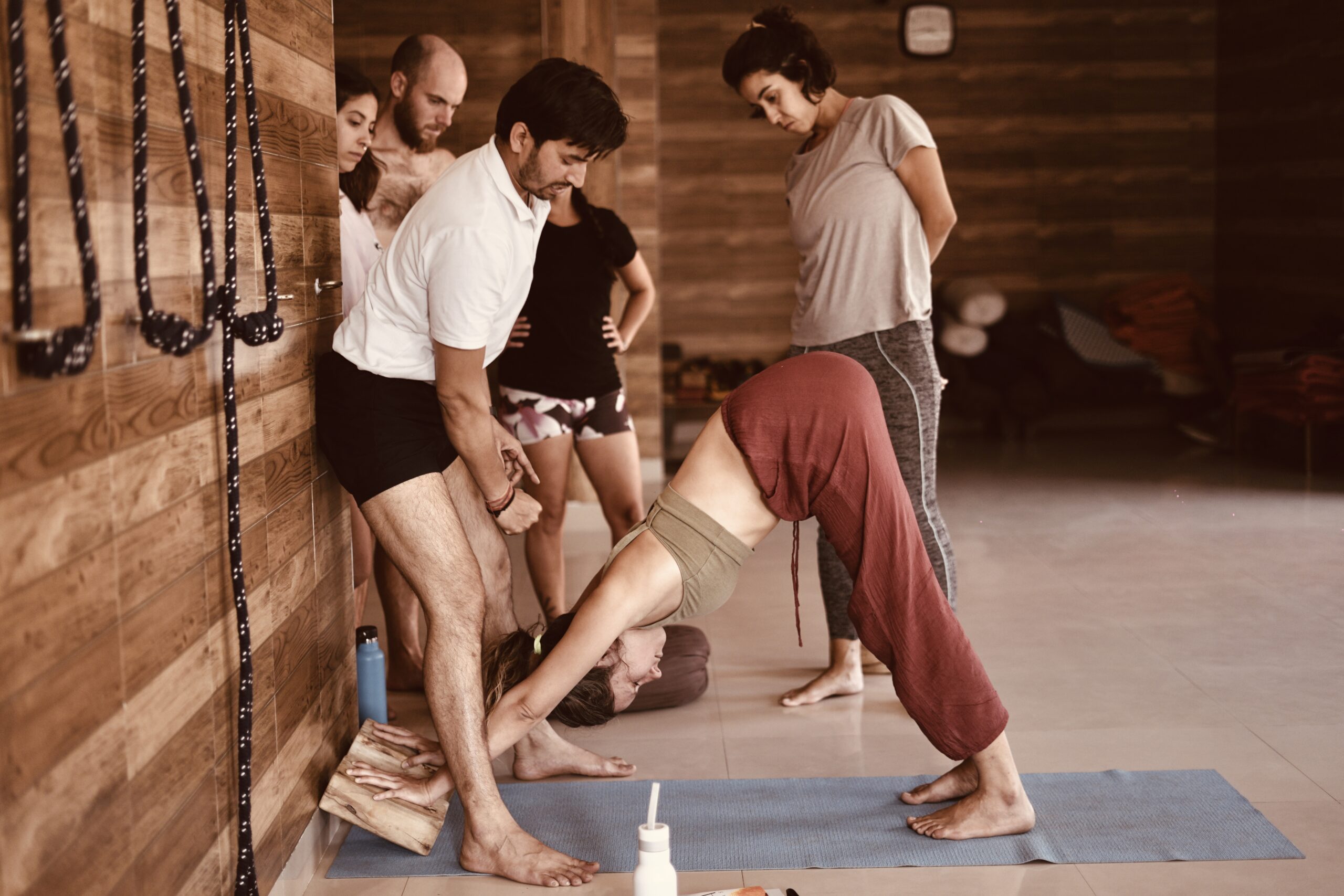
Discover the key differences between Hatha, Vinyasa, Ashtanga, and Kundalini Yoga. Learn which yoga style suits your goals—whether it’s stability, flow, discipline, or energy awakening. Explore expert insights and find the best Yoga TTC for your journey !
Introduction: Finding the Right Path in Yoga
Yoga is not just a physical practice—it is a sacred journey of self-discovery, inner transformation, and spiritual awakening. Whether you seek stillness, dynamic movement, discipline, energetic awakening, or deep meditation, each style of yoga offers a unique path.
Among the most transformative yoga styles are Hatha, Vinyasa, Ashtanga, and Kundalini. Each tradition provides a distinct approach to mastering the body, breath, and mind, helping practitioners awaken their full potential.
Choosing the right Yoga Type is not just about technique—it is about finding the practice that resonates with your personal growth, energetic alignment, and spiritual aspirations.In this guide, we will explore the core differences between these four styles and how to choose the best Yoga TTC for your journey.
1. Hatha Yoga: The Path of Stillness and Mastery
Hatha Yoga is the foundation of all physical yoga practices. The term “Hatha” comes from “Ha” (sun) and “Tha” (moon), representing the balance of opposites—strength and surrender, activity and rest.
This practice focuses on slow, deliberate movements, deep breathing, and holding postures for extended periods to cultivate strength, endurance, and mental focus.
✔️ What to Expect in a Hatha Yoga TTC:
✅ Mastery of foundational postures – Proper alignment, breath control, and technique for classical asanas.
✅ Slow, meditative approach – Longer holds in poses to develop strength, flexibility, and inner awareness.
✅ Emphasis on breath and energy (Pranayama) – Techniques to balance energy channels and prepare the mind for meditation.
✅ Deep philosophical and spiritual roots – Exploration of texts like the Hatha Yoga Pradipika and the Patanjali Yoga Sutras.
💡 Pro Tip: If you seek stability, balance, and a deeper connection to your breath and body, a Hatha Yoga TTC is the ideal path.
🏆 Example: At Prakruti Yogashala, our Hatha Yoga TTC follows a traditional ashram-style approach, focusing on self-mastery and deep transformation.
2. Vinyasa Yoga: The Flow of Breath and Movement
Vinyasa Yoga is dynamic, rhythmic, and fluid. It emphasizes the seamless connection between breath and movement, creating a meditative yet physically invigorating experience.
Unlike Hatha Yoga, where poses are held for longer durations, Vinyasa flows continuously, transitioning smoothly between postures.
✔️ What to Expect in a Vinyasa Yoga TTC:
✅ Creative and energetic sequencing – Learn how to build intelligent, breath-synchronized sequences that cultivate strength, agility, and flexibility.
✅ Strong cardiovascular and endurance benefits – Enhances stamina, endurance, and mental focus.
✅ Emphasis on breath-movement connection – Develop an intuitive practice, allowing breath to guide transitions effortlessly.
✅ Freedom and artistic expression – Encourages creative movement, making every practice unique.
💡 Pro Tip: If you love dynamic movement, creativity, and a physically engaging practice, a Vinyasa Yoga TTC will be your best fit. Be aware, however, as this type of practice can easily value continuous movement over proper alignment, leading to repeated misaligned asanas and potential pain in the lower back.
3. Ashtanga Yoga: The Discipline of Strength and Structure
Ashtanga Yoga is a highly structured and disciplined practice developed by Sri K. Pattabhi Jois. It follows a set sequence of postures that promote physical strength, flexibility, and mental endurance.
Unlike Vinyasa Yoga, where sequences are creatively designed, Ashtanga follows a fixed series, ensuring progressive development.
✔️ What to Expect in an Ashtanga Yoga TTC:
✅ Structured and disciplined practice – Learn the Primary Series (Yoga Chikitsa) to purify and strengthen the body.
✅ Physically demanding sequences – Build strength, endurance, and resilience.
✅ Synchronization of breath and movement – Follow the Trishtana method (posture, breath, and gaze) to develop intense focus and concentration.
✅ Self-practice and autonomy – Mysore-style training allows you to develop discipline and personal responsibility in practice.
💡 Pro Tip: If you thrive on structure, discipline, and a physically intense practice, an Ashtanga Yoga TTC is ideal for you.
4. Kundalini Yoga: Awakening the Inner Energy
Kundalini Yoga is a powerful spiritual practice designed to awaken dormant energy (kundalini shakti) at the base of the spine and guide it through the chakras.
This practice combines dynamic movement, mantra chanting, breathwork (pranayama), and meditation to create profound shifts in consciousness.
✔️ What to Expect in a Kundalini Yoga TTC:
✅ Activation of energy channels – Practices to awaken and channel prana for spiritual growth.
✅ Breathwork and mantra chanting – Use of specific kriyas, mantras, and sound vibrations to elevate consciousness.
✅ Deep emotional and spiritual release – Helps remove energetic blockages and align with higher states of awareness.
✅ Exploration of subtle body anatomy – Understanding of chakras, nadis, and energetic pathways.💡 Pro Tip: If you seek energetic awakening, deep meditation, and spiritual expansion, a Kundalini Yoga TTC is your path.
If you feel the call from Hatha Yoga and the mastery of the mind and body in stillness, Prakruti Yogashala offers Yoga TTC in Rishikesh, India to deepen your practice and to become a certified Yoga Teacher.
📩 Limited Spots Available – Apply Now!
👉 Enroll in Our Next Batch